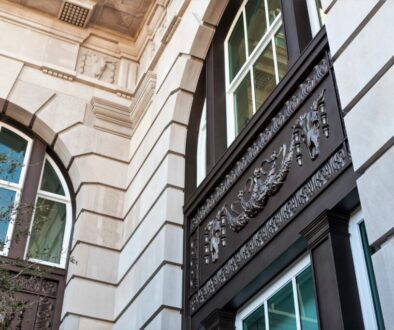Preserving the Past: The Importance of Historical Preservation
Why preserve the past? This is quite a question when you consider historical sites, such as landmarks or buildings, and the decision to move forward with modern architecture. After all, aren’t we focused on tomorrow instead of yesterday? While the answer is an agreeable “yes,” old buildings can possess an alarming amount of cultural and economic value for a community. After all, these historic sites in question could have been a part of the city’s foundation and a tangible reminder of its beginning. Read on for some of our top reasons in favor of historic preservation.
1. History possesses intrinsic value.
How can something so old possibly have value? Easily! Depending on how old a specific site is, there could have been some rare materials used during its development. Whether it’s a rarer type of wood that is now extinct or even decorative one-of-a-kind glass mosaics by an artist who is no longer alive, these are simply pieces of the past that you couldn’t ever come by again. Furthermore, standards have change regarding how buildings are made and eradicating a historic site erases educational opportunities for everyone. It all goes back to that cliche, “Seeing is believing!”
2. You never know exactly what you are getting rid of.
This links back a bit to our previous claim, but if a historic building has rare and precious materials as a part of its genetic makeup– there’s no salvaging that. Maybe in pieces, but never as a whole. Furthermore, if a site contains hidden rooms, perhaps from the abolitionist movements, there’s no going back and witnessing such a sight. Even worse, should irreplaceable artifacts remain hidden within a site they become at risk of being damaged or destroyed during the demolition process. Imagine fragile texts or artworks that might hold such historical value being accidentally ruined for the sake of impatient modernity!
3. Many businesses thrive economically in older buildings.
Think back to the last business or venue you visited that was in a historic space and recall how much you enjoyed the presence of that space. There’s a definite reason for that. With so many modern buildings and spaces around us, it can be very difficult for a business building to stand out no matter how great their interior designer was. You can’t replicate the vibe of a space that has withstood a century or two. Timeless spaces attract people visually because they ignite curiosity.
4. Historic sites attract and encourage tourism.
These can be landmarks as well as buildings. Would you tear down the home of one of America’s greatest authors like William Faulkner or Walt Whitman? What about the home of someone like Elvis? Chances are that’s a definite and solid, “NO.” Why? Because historic sites possess value! And how is that value appreciated by the public? By visiting and interacting with the space. Sure, you might not be allowed to touch anything, but you’re still engaging with the past. Ok, maybe no one famous lived in a historical site, so why save it? It all gravitates back towards the fact that it’s a piece of history that remains intact today. Imagine what went on there, what possibly took place there. The only way to do that is to visit it, put yourself in that space, and become a part of it’s ever growing history.



